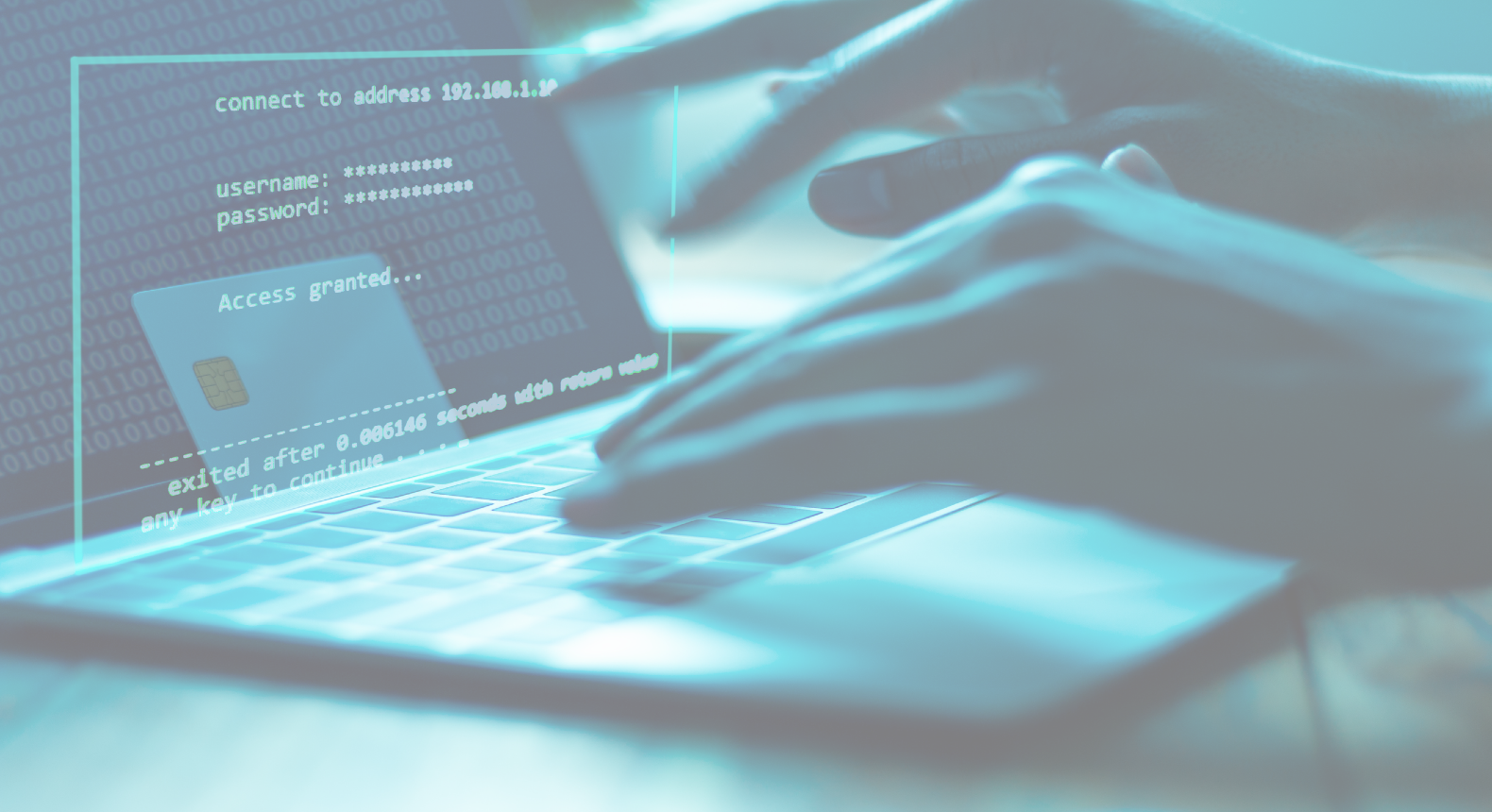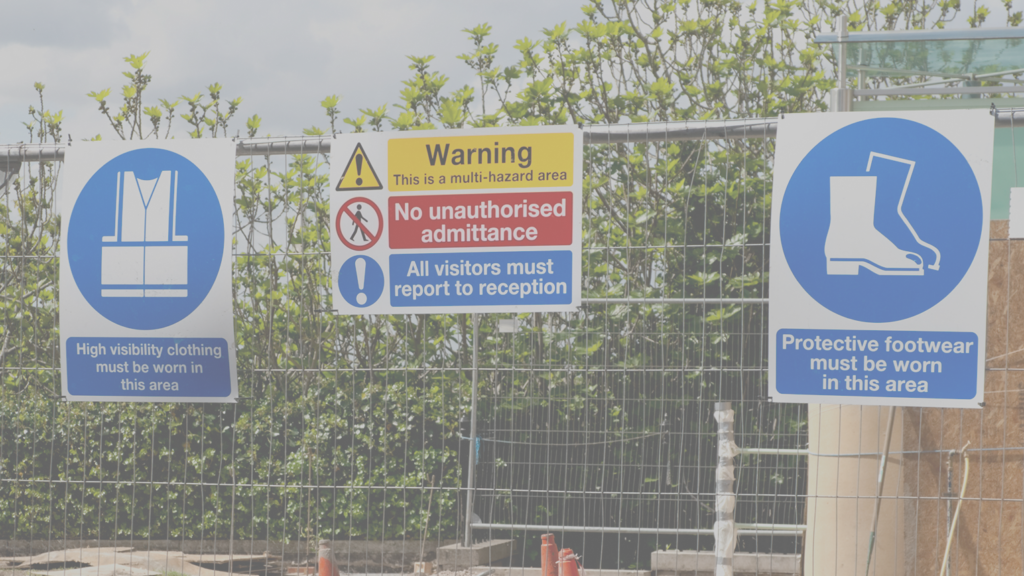A strong password is your first line of defense against potential hackers and snoopers looking to do damage. With this being said, when employees ignore important password guidelines, passwords are surprisingly easy to get past.This is why we’ve compiled some of the simplest and easiest password guidelines for employees to follow. These steps help to make it more difficult for someone to gain access to important accounts and steal critical information.
1. Don’t Use Real Words/Information.
Your password should make absolutely no sense. This means it shouldn’t have any complete words, this includes substituting letters with symbols. For example, instead of “Safe”, some people think “$@f3” is random because it doesn’t contain most of the actual letters, but these symbols are popular substitutes. It wouldn’t take a hacker very long to get this password by guessing or using programs designed to rapidly cycle through potential passwords.
Passwords shouldn’t have dates, street names, or favorite colors. Why? Because these are all common sources for passwords. If a potential hacker knows anything about the employee they are trying to hack, these pieces of information will be one of the first sources they use. A hacker could scour the internet and find an employee’s full name, current address, phone number, previous addresses, likes and dislikes, etc. They could use this information in many different ways to figure out a password. So, what’s the solution?
A little chaos…
2. A Combination of Letters, Numbers, & Symbols.
Combining letters, numbers and symbols can make your password incredibly hard (usually not worth a hacker’s time) to crack. When starting the process of creating a password, make sure it is at least 8 characters long (the longer, the better) and uses a combination of letters (both uppercase and lowercase) mixed with numbers and symbols. Make sure it’s truly random, otherwise you’re compromising the password’s effect. For example, “1&DAnGer57!” would be a bad password, because it has a word in it.
A better password would be: “1&Ds(f%-#J5!7
The above password would be a lot more difficult to crack, because it makes no meaningful sense. Here is a great site to help you create a truly random password.
I know what you’re thinking though, “Those random passwords are great, but how am I supposed to remember them?”
Number 3 should help…
3. Where You Store Your Password is Key
It’s tempting to store passwords in a text document on a computer, but that’s one of the worst possible places to store a password. If an employee leaves their computer on, or their computer has viruses they’re not aware of, an employee is practically giving their passwords away in gift wrap. It seems like an obvious nono, but an important employee at Sony did just that.
So, where are passwords safe? There are some great programs that are designed to store them securely, ensuring that you don’t have to remember each one, and that they aren’t sitting out in the open. Here are three of the best programs currently available for protected password storage:
These programs offer some great support and features for keeping your passwords secure. There are also many other trusted and quality password protection services out there, so take a look online and find the one that’s right for you.
Beef Up Your First Line of Defense
Passwords are more than just a combination of characters, they’re the difference between an open and a locked door. It’s extremely important that the door between hackers and your data is always shut and locked tightly. Follow these simple guidelines and you’ll never have to wonder if your password is doing its job.

















